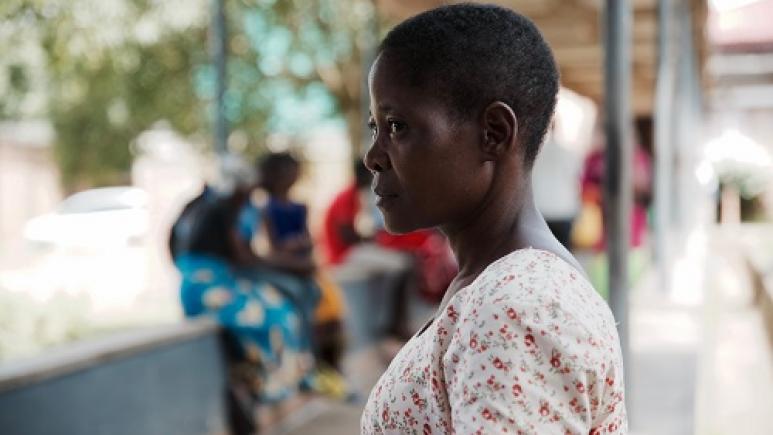Cervical cancer in Malawi: what coverage and barriers to screening?
Malawi has the highest cervical cancer mortality rate in the world (51.5 deaths/100,000/year), twice the rate in Eastern Africa and seven times the global rate. The high prevalence of Human Immunodeficiency Virus (HIV) in addition to human papillomavirus (HPV) infection puts Malawian women at higher risk of cervical cancer.
Cervical cancer is largely a preventable disease. Primary prevention and control strategies include:
- HPV vaccination protects against most HPV infections and thus reduces the risk of cervical cancer. However, the cost of the vaccine and a multi-dose schedule limit its deployment in low- and middle-income countries.
- Early detection and treatment of precancerous lesions. The single visit “screen and treat” approach uses visual inspection of the vagina with acetic acid (VIA) followed by cryotherapy or thermo-coagulation at primary health facility level and with several referral hospitals offering diagnostic and curative cancer services.
 In 2016, the Malawi Ministry of Health (MoH) developed the national cervical cancer control strategy outlining comprehensive interventions to mitigate the burden of cervical cancer. Within this strategy the country adopted the single visit “screen and treat” approach. Since 2018, MSF has been accompanying the rollout of this program in the South of the country in an urban area, the city of Blantyre, and a rural area, Chiradzulu District.
In 2016, the Malawi Ministry of Health (MoH) developed the national cervical cancer control strategy outlining comprehensive interventions to mitigate the burden of cervical cancer. Within this strategy the country adopted the single visit “screen and treat” approach. Since 2018, MSF has been accompanying the rollout of this program in the South of the country in an urban area, the city of Blantyre, and a rural area, Chiradzulu District.
Cervical cancer screening coverage still remains well below the national target of 80% of women screened with VIA at least once. Therefore, Epicentre conducted a survey in 2019 with the aim to estimate cervical cancer screening coverage in a representative sample of eligible women in Blantyre City and Chiradzulu District, and to understand why women were or were not screened.
Well-accepted, but too little cervical cancer screening
"The percentage of women who were screened was higher in Blantyre City at 40% than in Chiradzulu District, where it was 39% in the area with access to MSF-supported screening services, but only 25% in the area without access to MSF-supported screening service," said Sibylle Gerstl, epidemiologist for Epicentre.
When asked what prompted the women to go for cervical cancer screening, nearly 50% of them said they followed the recommendations of the health facility they visited. The main obstacles to cervical cancer screening mentioned by the women were lack of time for 26% of them and lack of motivation for 18%.
While close to 100% of women knew what cervical cancer was, only one-third knew its symptoms and slightly more than half of them felt they were at risk," notes the epidemiologist. Despite the relatively good knowledge about cervical cancer, women still feel too little concerned. "We must continue and even increase awareness and information campaigns while taking into account the differences between urban and rural settings. It is also necessary to make cervical cancer screening easier and bring it closer to women, for example by developing mobile structures.”
Despite the low coverage of cervical cancer screening in Malawi, the positive response from women who have been screened gives hope that there is considerable scope for improving screening coverage. Although it is not the only weapon in the fight against cervical cancer, next to prevention screening has a critical role to play in reducing cervical cancer mortality in Malawi. In parallel, treatment strategies must also be deployed to ensure better management of screened women.
Photo copyright @Francesco Segoni







